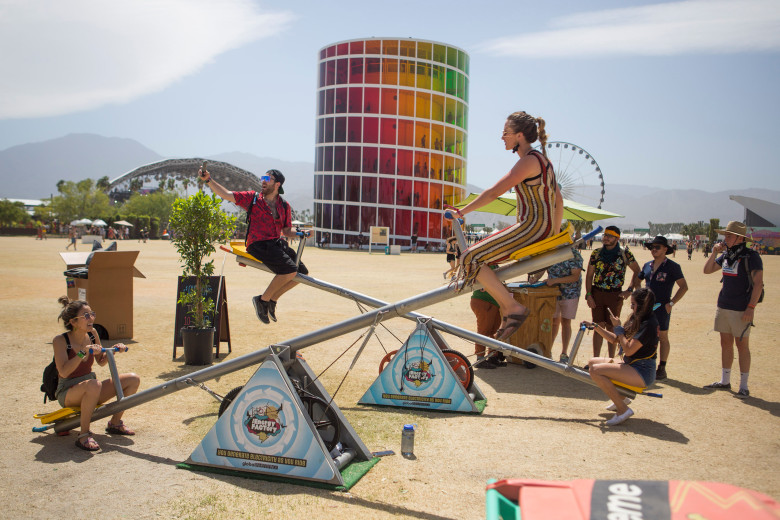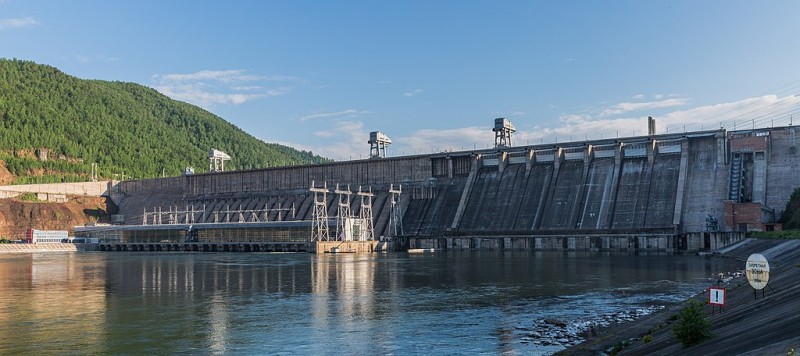

Last year, there were 64 different drivers.



9 of those races went into overtime, while the last (Darlington, Race #5) ended early due to rain.Īll told, we ran 24 more laps than scheduled and 70 additional miles. Going the Distanceġ0 races didn’t run the scheduled number of laps. While it seems like Mother Nature was especially cruel this year, we had four delayed races last year, too. Here are the actual number of races on each dayĬompare this to 2019, when we ran 28 races on Sunday, 5 races on Saturday and 3 races on Monday.įour races were delayed a day (or more) by weather: the Daytona 500, Charlotte (2), Talladega (2) and Texas (2). Mother Nature took care of the rest of it for us. 2: Alabama, Pennsylvania, Delaware, Tennessee, Kansas, Texas, Michigan, Nevada and ArizonaĢ020 was a bumper year for racing on different days of the week.3: South Carolina, North Carolina, and Virginia.We only raced once at Richmond this year.ġ8: The number of states we raced in this year Although we ran three races at Darlington, we didn’t get to Chicagoland, Sonoma or Watkins Glen. We only raced 22 different tracks this year, down from 24 last year, despite adding the brand-new Daytona road course. NASCAR was a model of how to make sports work during COVID. NASCAR did an amazing job, especially considering the difficulties other major league (and college) sports had (and have). And…īut given that this year was one giant dumpster fire, the fact that NASCAR got in all 36 races, plus the All-Star Race merits a special note. Ordinarily, the fact that we ran 36 races wouldn’t be notable. Hard to believe it’s already time for NASCAR by the Numbers, isn’t it? With another season in the record books (and what a year it was!) it’s time to look at what the numbers say about the year that was… The Races


 0 kommentar(er)
0 kommentar(er)
